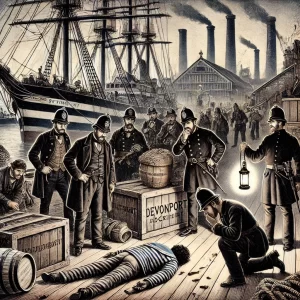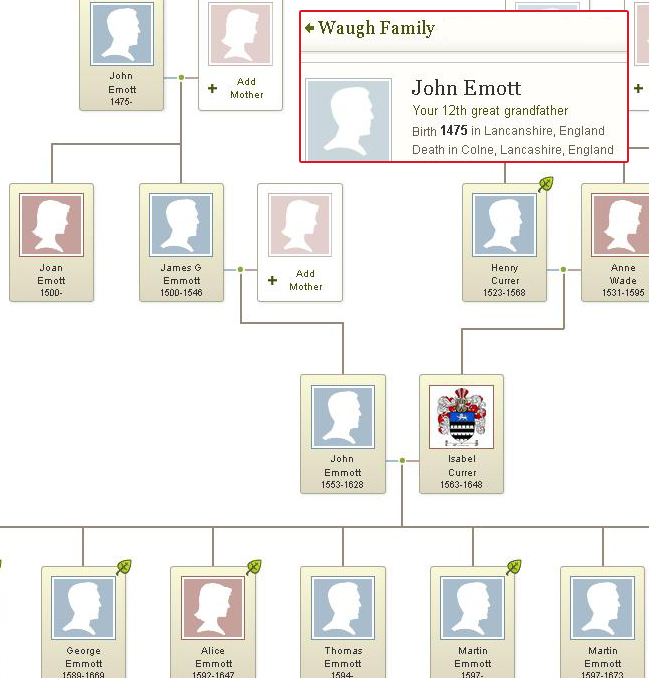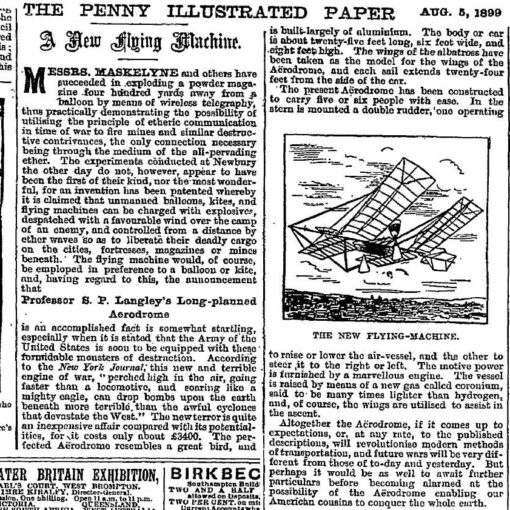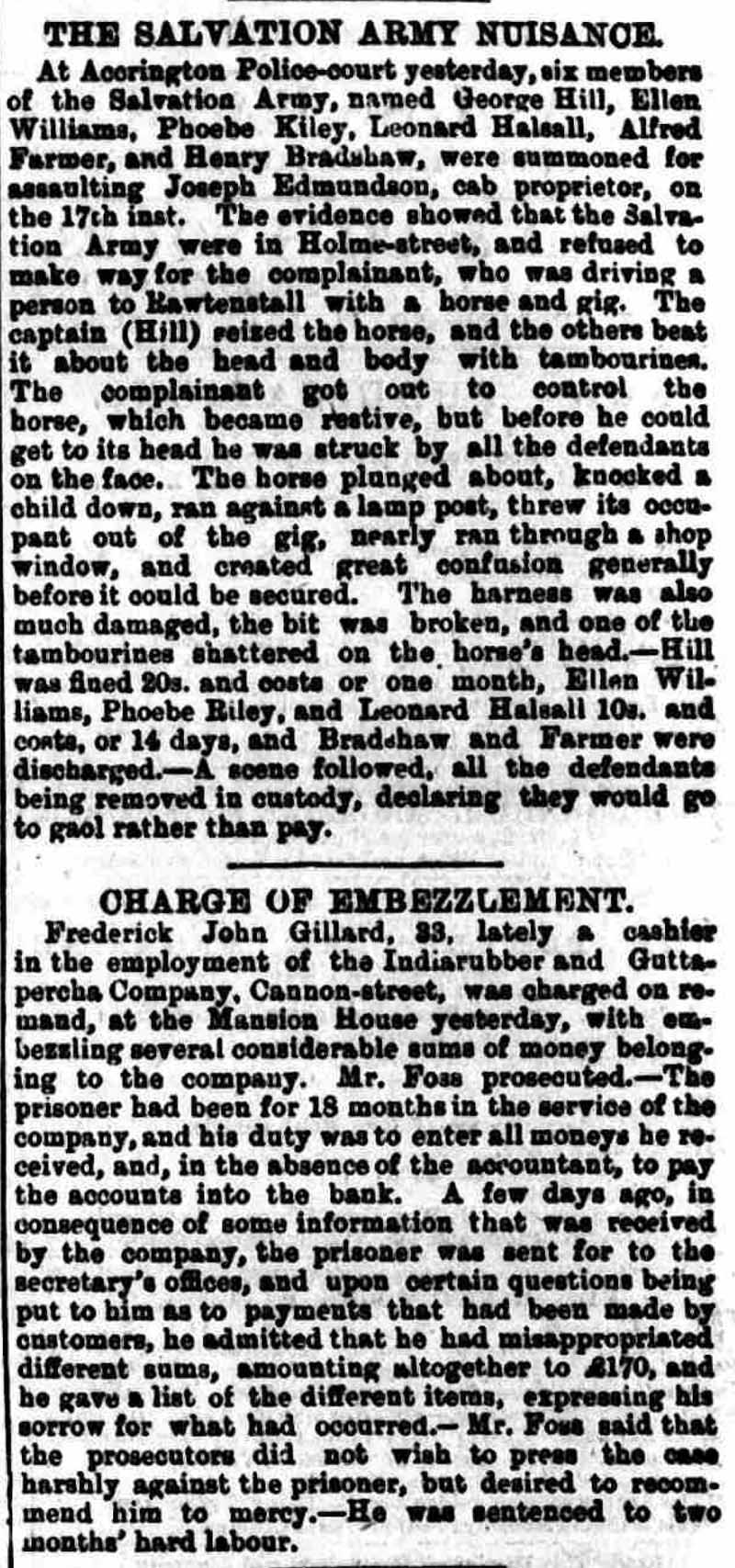The Use of Racial and Ethnic Editorial in British Newspapers up to 1950: A Study in Language, Bias, and Perception
(see also: Plymouth Murder Trial: Coloured Seaman Accused of Fatal Attack – 1918 on my website, Old British News)
Introduction
The British press has played a defining role in shaping racial and ethnic perceptions over the centuries. From the Georgian era through to the mid-20th century, newspapers reflected imperial ideologies, racial hierarchies, and socio-political anxieties. This study explores the language, editorial choices, and biases present in British newspapers during the Georgian, Victorian, and Edwardian periods, leading up to 1950.
1. The Georgian Era (1714–1837): The Expansion of Empire and the Press
During the Georgian period, Britain saw an expansion of colonial rule, the rise of the transatlantic slave trade, and the development of a more structured press. Newspapers such as The Morning Post and The Times reflected the dominant pro-imperial and racial discourse of the time.
1.1 The Language of Racial Hierarchies
- Africans and Caribbean populations were frequently described using dehumanising language such as heathens, savages, and uncivilised.
- The depiction of enslaved people in British newspapers reinforced the idea that they were property rather than individuals with agency.
- Indigenous populations in the Americas and Australia were described as barbaric, often in the context of justifying colonial expansion.
1.2 The Slave Trade and Abolitionist Counter-Narratives
- While most newspapers reflected pro-slavery sentiments, abolitionist publications such as The Anti-Slavery Reporter (founded in 1825) provided an early challenge to mainstream racial narratives.
- Coverage of key events such as the Somerset Case (1772) and the abolition of the slave trade (1807) revealed divisions within the press, with some papers supporting abolition while others continued to propagate racialised justifications for slavery.
2. The Victorian Era (1837–1901): Industrialisation, Imperialism, and the Expansion of Racial Stereotyping
 The Victorian period saw rapid expansion in both the British Empire and the newspaper industry. The press became an even more powerful tool in shaping public perceptions of race and ethnicity.
The Victorian period saw rapid expansion in both the British Empire and the newspaper industry. The press became an even more powerful tool in shaping public perceptions of race and ethnicity.
2.1 Racial Editorial in an Expanding Empire
- The British press framed colonial subjects as inherently inferior, portraying them as either noble savages in need of British governance or rebellious threats to imperial order.
- Indian newspapers, particularly after the Indian Rebellion of 1857, often portrayed native populations as treacherous, ungrateful, and incapable of self-rule.
- Reports on the Irish Famine (1845–1852) included racialised depictions of the Irish as lazy and feckless, reinforcing English superiority narratives.
2.2 The ‘Black Peril’ and Racialised Crime Reporting
- Newspapers frequently sensationalised crimes involving Black or Asian individuals, often linking them to racial characteristics.
- The moral panic surrounding the so-called Black Peril—the alleged threat of Black men to white women—began to appear in British newspapers during the late Victorian period.
3. The Edwardian Era (1901–1910): Racial Panic and Immigration Fear
With the dawn of the 20th century, racial anxieties in Britain became more pronounced, particularly concerning immigration.
3.1 Fear of ‘The Other’ and Immigration Restrictions
- The arrival of Jewish refugees from Eastern Europe led to widespread anti-Semitic press coverage, particularly in The Daily Mail and The Daily Express, which framed Jewish immigrants as economic and cultural threats.
- Newspapers helped shape public support for restrictive immigration policies, culminating in the Aliens Act 1905.
- Chinese communities in cities like London and Liverpool were depicted as criminal underworld figures, often tied to opium dens and the ‘Yellow Peril’ narrative.
3.2 Colonial Troops and Race Relations
- The Boer War (1899–1902) saw British newspapers presenting Boers as racially superior to Black South Africans, reinforcing white racial hierarchies.
- Early discussions around colonial troops foreshadowed the racial debates of the World Wars, with many newspapers expressing concerns about allowing Black and Asian soldiers to fight alongside white troops.
4. Racial Reporting in the World Wars (1914–1945)
The world wars led to shifting racial narratives as Britain increasingly relied on colonial troops and labour.
4.1 World War I and Racial Representation
- Colonial soldiers from Africa, the Caribbean, and India were simultaneously praised for their service and depicted as needing British leadership.
- Newspapers selectively portrayed white troops as heroic while framing Black and Asian soldiers as background figures.
- Post-war migration of Black and Asian workers to port cities was met with negative press coverage, contributing to the 1919 race riots.
4.2 World War II and Anti-Fascist Rhetoric
- British newspapers contrasted Nazi racial ideology with British imperial inclusivity, yet racial bias remained in coverage of colonial troops.
- American segregation policies were sometimes criticised, though Britain’s own racial inequalities were largely ignored in the press.
- Jewish refugees fleeing Nazi persecution were often met with ambivalent or hostile reporting, reflecting pre-existing anti-Semitic sentiments.
5. Post-War Britain and the Lead-up to 1950: The Windrush Generation and Changing Attitudes
The arrival of the Empire Windrush in 1948 brought renewed press focus on race and immigration.
5.1 Changing Perceptions of Black and Asian Communities
- Some newspapers reported on Black and Asian workers as essential to Britain’s post-war recovery.
- Left-leaning publications such as The Guardian provided more sympathetic portrayals, though biases persisted.
5.2 Negative Editorials and Continued Fearmongering
- Right-wing newspapers such as The Daily Mail and The Daily Express framed rising immigration as a national crisis.
- Crime reporting continued to be racialised, and articles focused on cultural differences rather than integration.
Conclusion: The Evolution of Racial Editorial in British Newspapers
From the Georgian era to post-war Britain, British newspapers played a key role in constructing racial narratives. While there were gradual shifts towards more nuanced representations, the press overwhelmingly reinforced racial hierarchies, particularly in crime reporting, colonial coverage, and immigration discourse.
By 1950, these biases had become deeply embedded in British journalism, setting the stage for future debates on race, immigration, and national identity. The patterns established in these early centuries continued to shape media coverage well into the second half of the 20th century.




